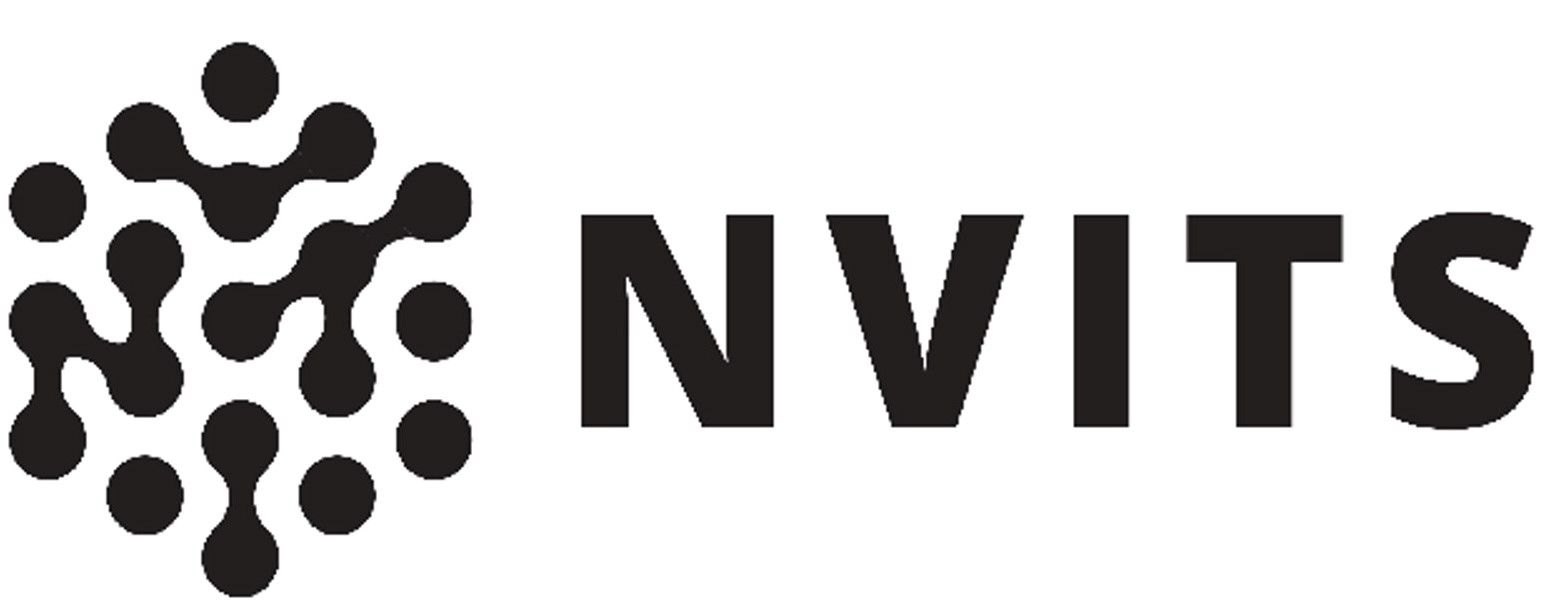How To Stay Safe On A Public Network?
There are some big potential risks that come with using public WiFi but sometimes you just have to. Whether your data is running low or you are using a laptop, you may have to connect to a public hotspot every now and then. During that time, your device may be at risk of someone spying on you, stealing your information, or even hijacking your session. While this is alarming and might make you never want to use public WiFi again, there are some precautions you can take should you need to. Here are five of them!
Never Access Sensitive Information
This one is a no brainer and the most important. When you are connected to any public WiFi hotspot, do not access your private information. This includes things like your bank account and/or Amazon account. Public WiFi should only be used for entertainment purposes rather than the handling of private matters.
Be Vigilant Of The Network You Join
The bigger the establishment, the higher a risk you take in joining the network. Due to this, you will definitely want to avoid big establishment’ s WiFi. This includes places like shopping malls, airports, and large supermarkets. While there is still a risk in smaller establishments, it is much less. It is also important to note the name of the WiFi. Wifi names that are similar to “Free Wifi” are red flags and should not be used at all.
Turn Off Automatic Join Network
When you originally join a network, your device will usually automatically reconnect to that network when you are in the area again. Make sure that you turn this option off! Whenever you join an unsecured network, you need to know about it. This way there won’t be any issue regarding network security should you be around a previously connected WiFi hotspot.
Turn Off Your Device’s Content Sharing Options
Computers and phones nowadays have a slew of different options as far as sharing content is concerned. Apple’s MacBooks and iPhones, for example, have options where you can share files to other laptops or mobile devices. This should be turned off or at least set to a setting that restricts other’s access to these shared files. Turning these features off when out and about would be the easiest way in keeping your device secure.
Use Two-Factor Authentication
Two-factor authentication is the second layer of security that is available for many online services. With this setup, no one can access your account if they have your password. They would need an identification code as well in order to access your account. The identification code can be sent to you by email or text but is most definitely out of reach of any potential security threat.
Bonus Step: Tether Your Phone
The best way to protect yourself when connected to a public network is not to use the said network. The easiest way to do this is to make your phone a hotspot. It is important to note that this does cost data, so if you find the need to tether often then make sure you have a lot of data available.
There are other ways to protect yourself on public wifi but these are among the best methods. Regardless of the method(s) you choose, be safe and be smart when using public networks!
